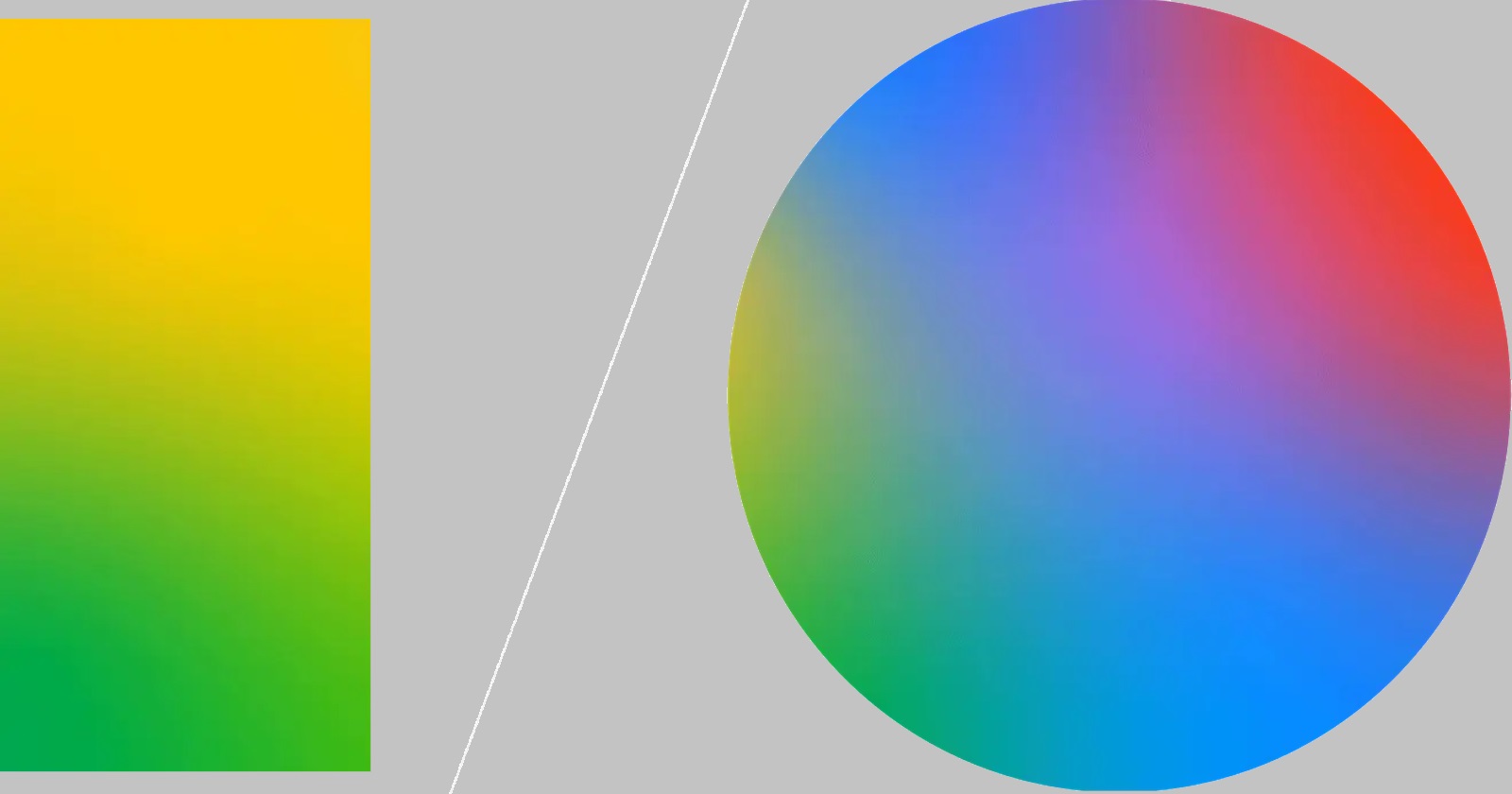Remember the good old days when Google Pixel phones were a breath of fresh air? They boasted a delightfully clean Android experience, great cameras, and — the biggest draw of all — zero confusion about which features you’d get regardless of the model. From the original Pixel through the Pixel 4, choosing between the regular and XL was simply about your preferred screen size and battery life. Cameras, software goodies, and even those eye-catching colors were always the same. But Tensor’s arrival with the Pixel 6 and 6 Pro introduced a concerning deviation that has me, and perhaps several others, truly wondering if Google has lost its way.
Back when the first Google Pixel was released in 2016, the only difference between the standard and the XL model was the size, battery capacity and screen resolution. We had the same cameras, same memory, same display technology, same network compatibility, same sensors, same fast charging speeds and always received the exact same software features on all models. The story was also the same with the Pixel 2 and 2 XL, albeit with a minor change in the display where the former used an AMOLED panel while the latter had a P-OLED panel. When the Pixel 3 and 3 XL arrived in 2018, Google kept this approach. But unlike the previous year, both phones had the same P-OLED panel, with size and resolution the only major differences between them. The rest of the specs and features remained the same across the board, including the famous dual 8MP selfie camera, 18W wired charging and support for wireless charging. Like the original Pixel, the Pixel 3 and 3 XL shipped with the same color variants too.
![]()
The Pixel 4 and 4 XL arrived in 2019, and they happen to be the last Pixel devices without major differences between the standard and XL model in terms of software and other core features. You got the same network compatibility on both devices, the same P-OLED screen with 90Hz refresh rate, the same RAM and storage options, the same dual-lens main camera, the same 8MP selfie shooter with a TOF 3D sensor for secure facial recognition, the same 18W wireless charging and even the same color options across the board.
Since the Pixel 6 and the move to their own semi-custom SoC ‘Tensor’, Google started to approach things a little differently. Besides the usual differences of size, screen resolution and battery capacity, the Pixel 6 Pro had some crucial features that were absent from the standard Pixel 6. For instance, the Pixel 6 only supports Sub-6 5G networks while the Pixel 6 Pro works with both millimeter-wave and Sub-6 versions of 5G. The Pixel 6 has a 90Hz AMOLED screen while the 6 Pro has a superior 120Hz LTPO AMOLED panel. The Pixel 6 has 8GB RAM and up to 256GB internal storage, while the 6 Pro has 12GB RAM and up to 512GB storage. The Pixel 6 has a dual-lens 50MP + 12MP main camera while the 6 Pro has a triple-lens 50MP + 48MP + 12MP main camera. The Pixel 6 has an 8 MP selfie shooter that can only record 1080p videos @30fps while the 6 Pro has an 11.1MP selfie shooter that can go as far as 4K@30fps and 1080p@30/60fps with video recording. The Pixel 6 has slower 21W wireless charging while the 6 Pro has 23W wireless charging as well as support for Ultra Wideband (UWB), which the standard 6 lacks.
Sure, the Pixel 6 and its Tensor chip marked a turning point, but not entirely for the better. While AI-powered advancements were exciting, they came at the hidden cost of fracturing the Pixel line. Suddenly, the standard Pixel felt a step behind. Fancy millimeter-wave 5G? Nope, that became Pro territory. A buttery-smooth 120Hz display, more RAM, and extra storage? Exclusive to the Pro as well. Even camera configurations and video recording features were no longer identical.
![]()
Sadly, the Pixel 7 and Pixel 7 Pro doubled down on this worrying trend. The display differences from the previous generation were present, with the former getting a 90Hz AMOLED panel compared to the latter’s 120Hz LTPO AMOLED panel. The 7 Pro got up to 12GB RAM and up to 512GB storage while the standard 7 only made do with a maximum of 8GB RAM and 256GB storage. The Pixel 7 also got a dual-lens main camera while the 7 Pro got a triple-lens shooter on the back, but this time the selfie camera was the same 10.8MP unit with similar video recording capabilities. Similar to the Pixel 6 and 6 Pro, fast wired and wireless charging is also better on the 7 Pro compared to the 7, and you also get Ultra Wideband support on the Pro model.
The Pixel 8 and 8 Pro follow the same pattern, withholding seemingly arbitrary features like Video Boost, Pro camera controls, and the highly touted Gemini Nano AI enhancements from the regular version. Google cites hardware limitations, but when Samsung’s Galaxy S24 manages to squeeze the same AI features into 8GB of RAM, the excuses feel thin. Additionally, the Pixel 8 also has several other hardware differences compared to the 8 Pro. For instance, the standard Pixel 8 has an Actua AMOLED display while the 8 Pro ships with a Super Actua LTPO AMOLED panel with a superior peak brightness. Besides RAM, the 8 Pro also gets up to 1TB storage whereas the standard 8’s maximum storage is 256GB. The camera differences introduced in the Pixel 6 continue with the latest lineup, where the standard 8 has a dual-lens setup while the Pro model has a tri-lens setup on the back. Like other Pro models from the recent past, the Pixel 8 Pro has Ultra Wideband (UWB) support, but it goes an extra step by adding a thermometer for measuring your skin temperature. You’re also getting faster wired and wireless charging on the Pro model as well as an exclusive Bay color variant to further widen the gap from its standard sibling.
Google’s current approach creates a frustrating and disappointing landscape. Where Apple offers pretty much similar experiences between the Pro and Pro Max iPhones with clear distinctions in camera prowess and build materials, the Pixel lineup flounders in self-created complexity. Even Samsung handles its flagship variations with less blatant feature segmentation. The Pixel’s troubled appeal is evident in the disgruntled conversations among its once-loyal fanbase. Where trust and transparency were key strengths, there’s now uncertainty about which features might arrive on the standard model and whether Google is being entirely honest about the reasons behind the widening gap.
![]()
How Google can get back on track
Hope isn’t entirely lost, but Google needs a serious change in course. Here’re a few things I think Google should do going forward:
- Back to basics: Core software capabilities, AI features, and competitive overall performance must be standard across all Pixel models. Let size, advanced camera hardware, and luxury finishes be the true Pro-exclusive features.
- “A” series needs purpose: Revamp the Pixel “a” line as the streamlined budget option, leaving the flagships more evenly matched in capabilities.
- Transparency = loyalty: Be upfront with users about hardware limitations (if they truly exist) and provide a clear feature roadmap for older and upcoming Pixels.
There’s still time for Google to reclaim the Pixel line’s unique appeal as a user-first alternative. Rumors of the Pixel 9 offering a periscope lens in the standard model give me some hope, but only time will tell if Google has truly learned from the recent missteps. Going forward, consistent execution will be key to prevent further alienating a once enthusiastic customer base.
Feel free to chime in with your thoughts in the comments and poll below.


